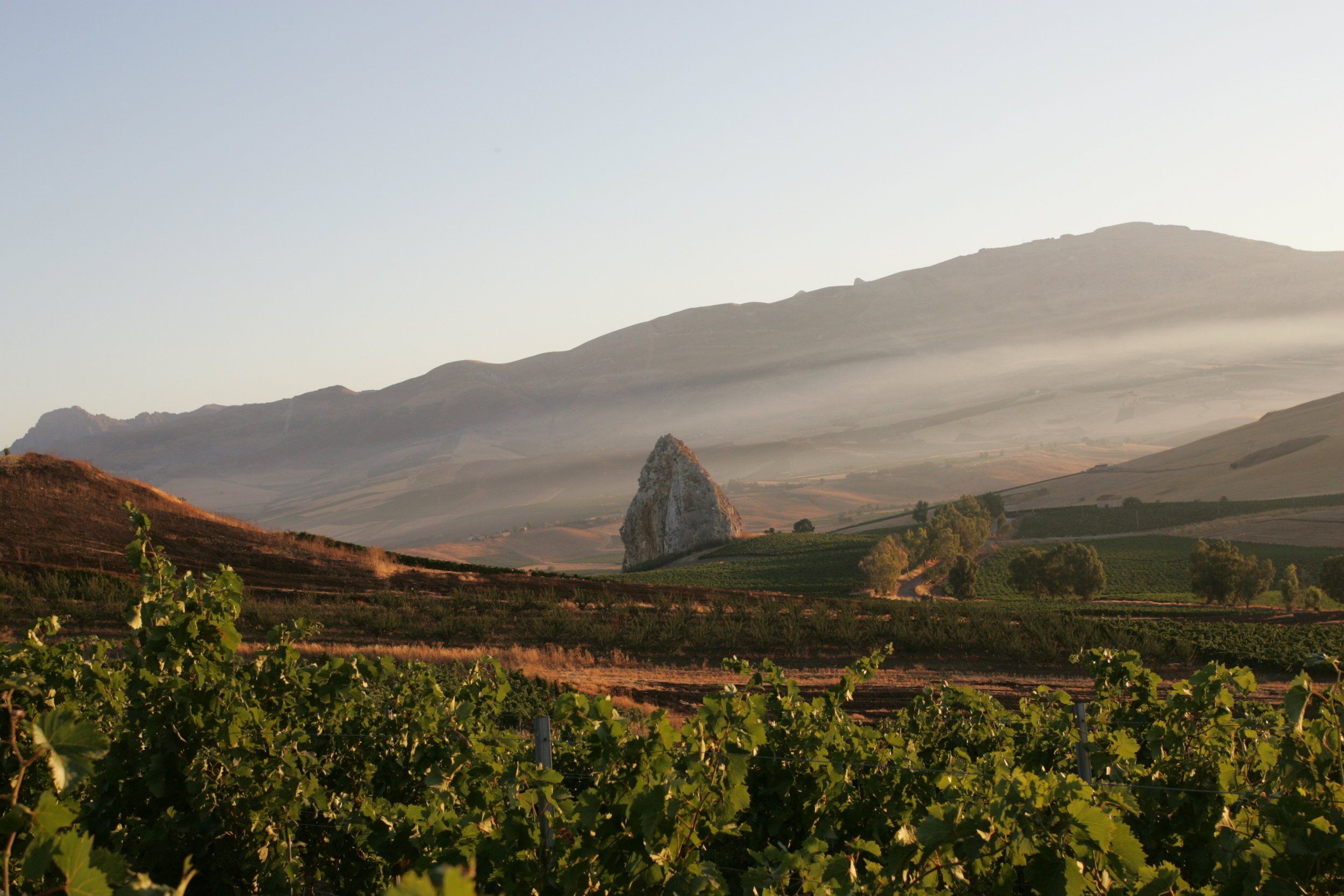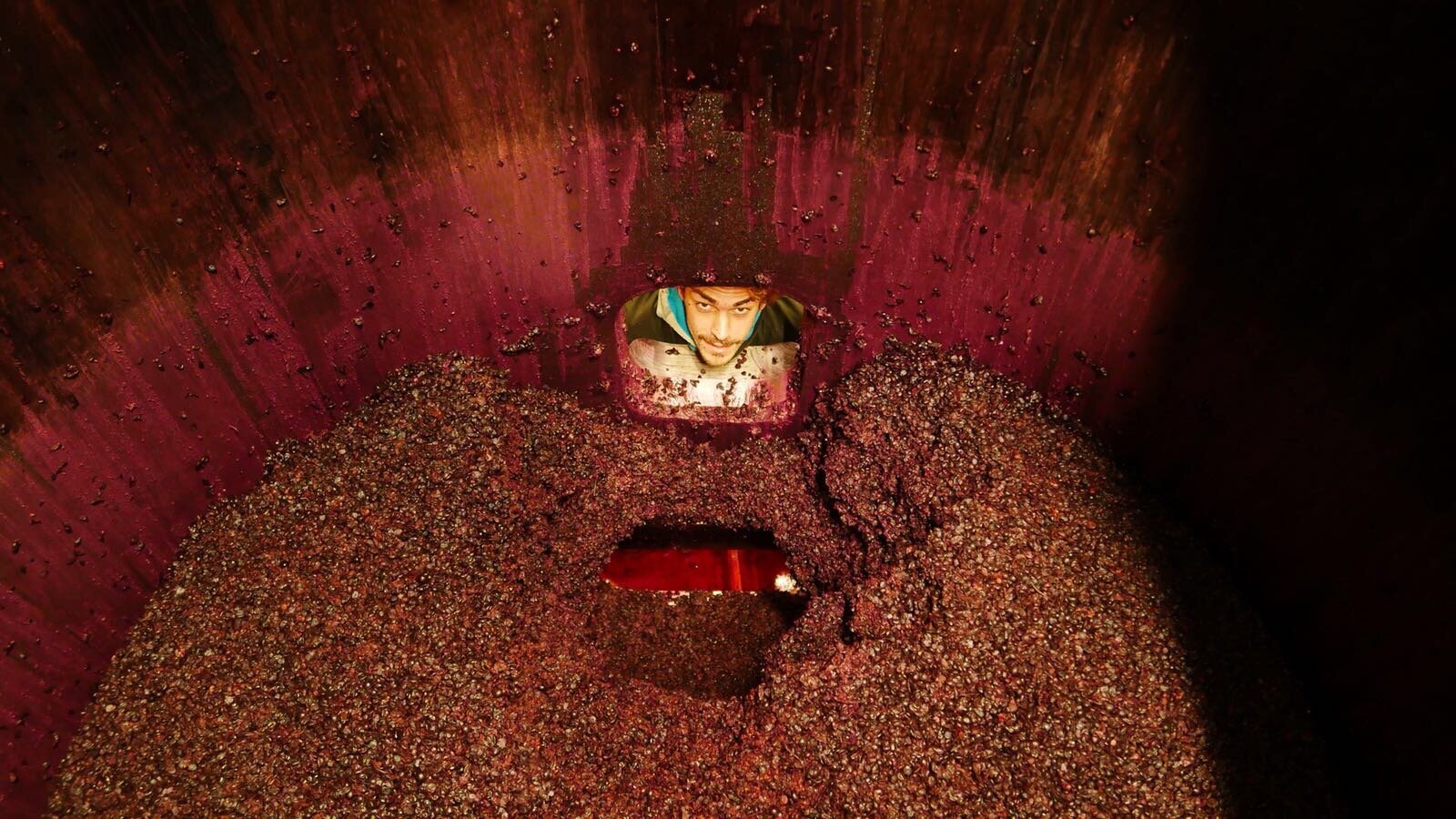When I tell my friends I think Eataly is one of the best places to eat in LA, they sort of frown and ask: “Really?”
Yes, Eataly is a giant Italian supermarket in the Century City mall with other national locations in places like Las Vegas and New York, but don’t let its size or scale fool you into thinking it isn’t a serious food destination. Besides the incredible selection of Italian products on hand, there are a few places to eat within the store, some very casual and some very fine. But right in the middle of that spectrum sits La Pizza & La Pasta, which is my favorite place to go. There’s a beautiful little bar right in the middle of it, a build-your-own-Negroni menu, and you can add truffles to anything for an extra $15. What else do you really need?
Because a good Negroni Bianco is hard to find these days, I always start with that. Something about that mild, delicate bitterness is more attractive to my palate in these instances than the bigger, bolder classic Negroni. You’ve seen a million cocktail photos in your life, so I did an extreme close-up on the ice with the citrus peel for the sake of being artsy.
You can sit at the bar and eat if you like, plus there are a few counters along the pizza ovens if you’re a voyeur for that kind of action. There’s an outside balcony if you feel like sitting outside on a fine Los Angeles afternoon, or you can grab a table in a few different inside areas. Everything is very casual, but the menu is big and the food is fantastic, plus there’s a pretty good wine list.
We always do a few starters to get things moving. The polpette (meatballs) are juicy and moist in the middle. Splitting a calzone is also recommended, as they cut it into six snackable pieces. But, for me personally, the star of the menu is the cacio e pepe spaghetti with the truffle add-on. I’ve had it at least five times now and it’s never been anything less than perfect. The server will bring out a small scale like you’re back in high school buying weed from your neighbor. The truffle will be weighed in front of you, and then sliced by hand onto your dish of choice.
I ordered a bottle of Grüner Veltliner from the Alto Adige and say back to watch the show. Then grabbed a tiramisu from the store and came back home for some grappa. It never disappoints.
-David Driscoll










